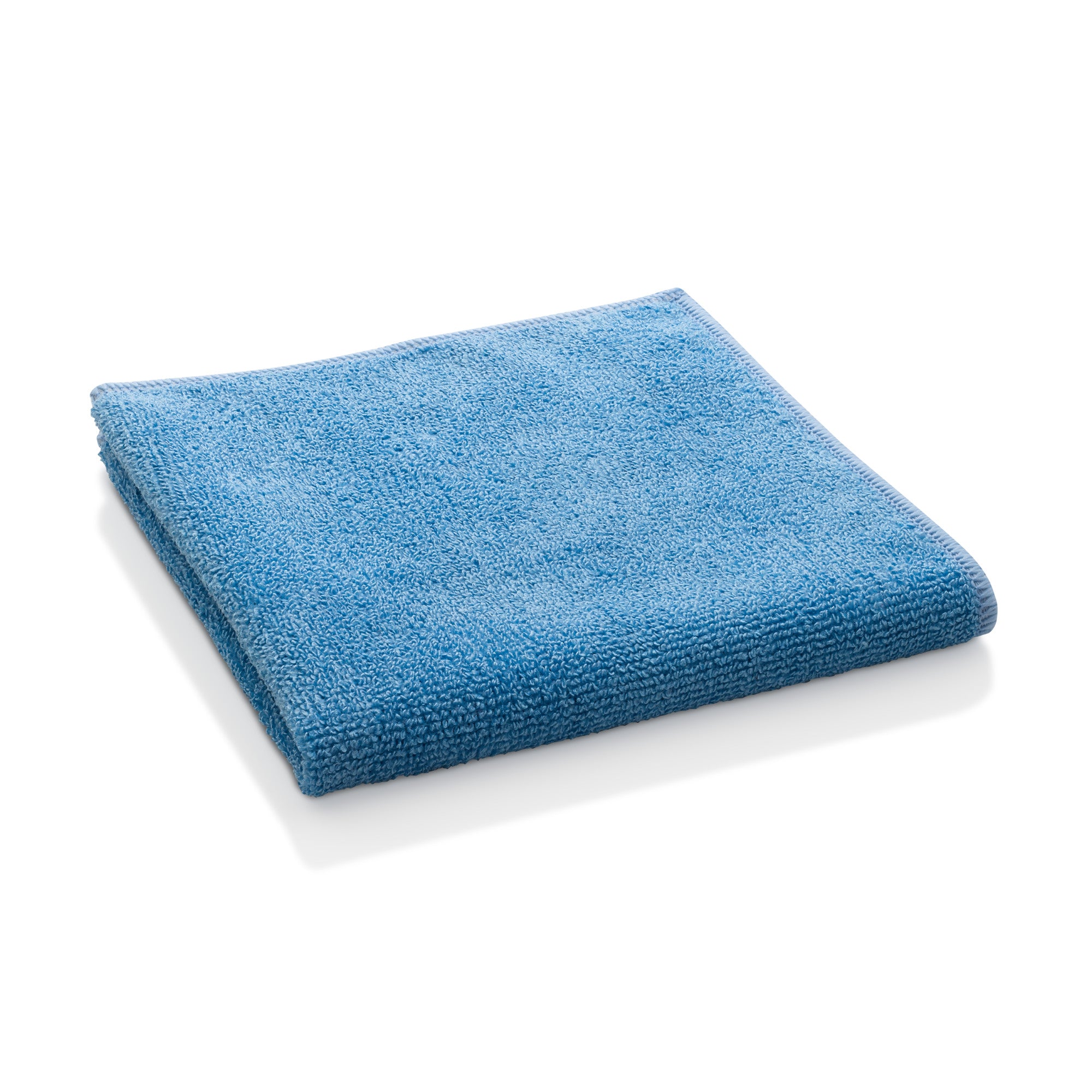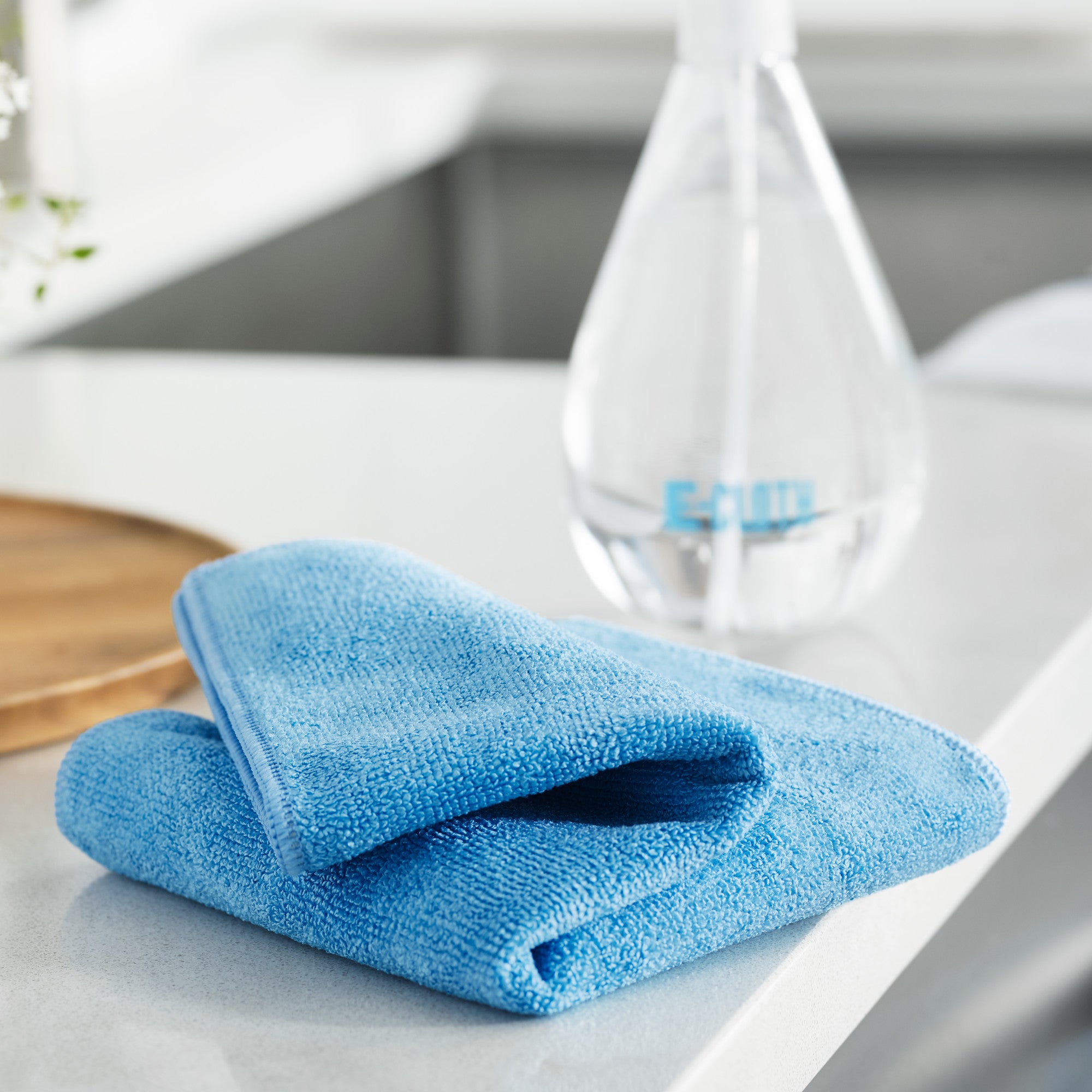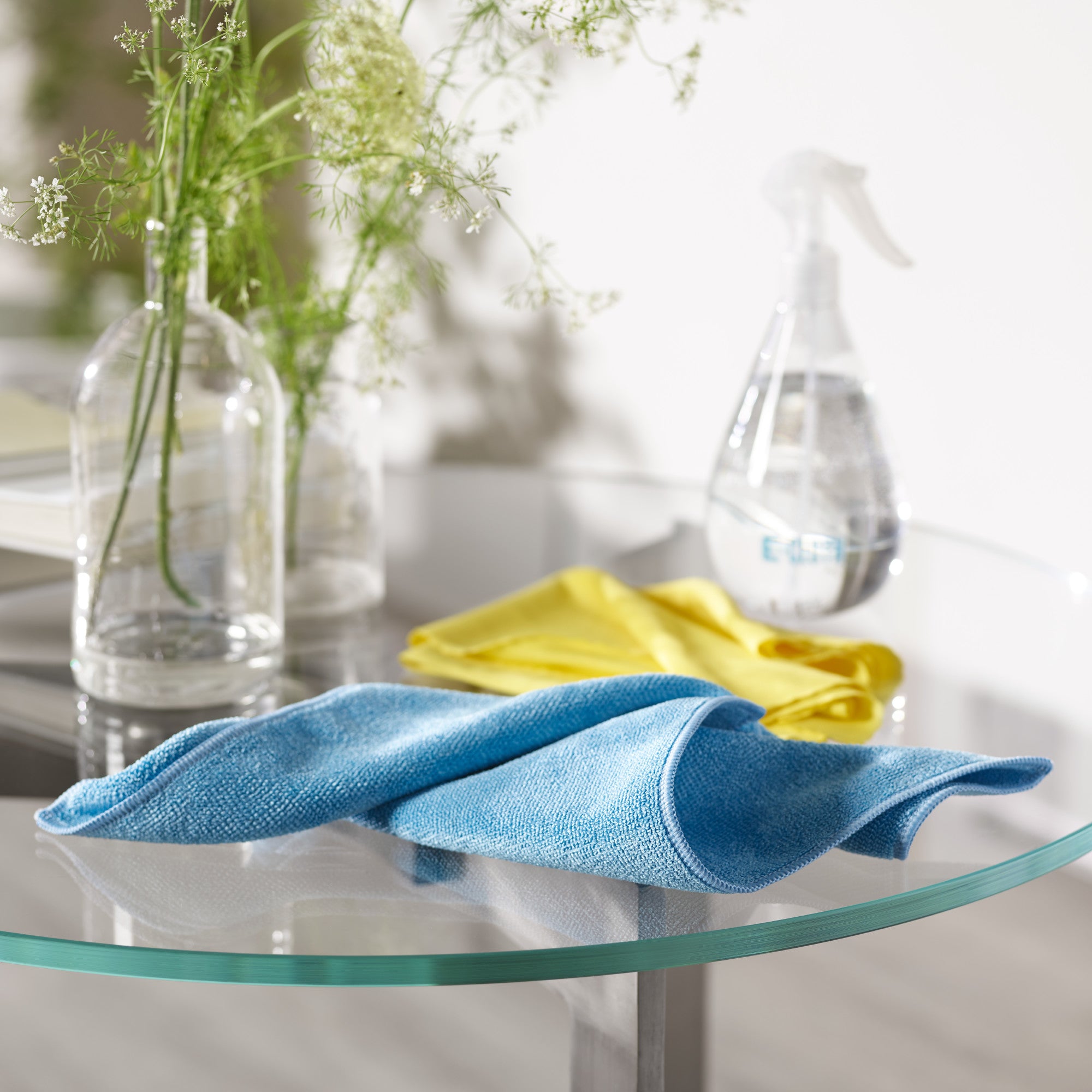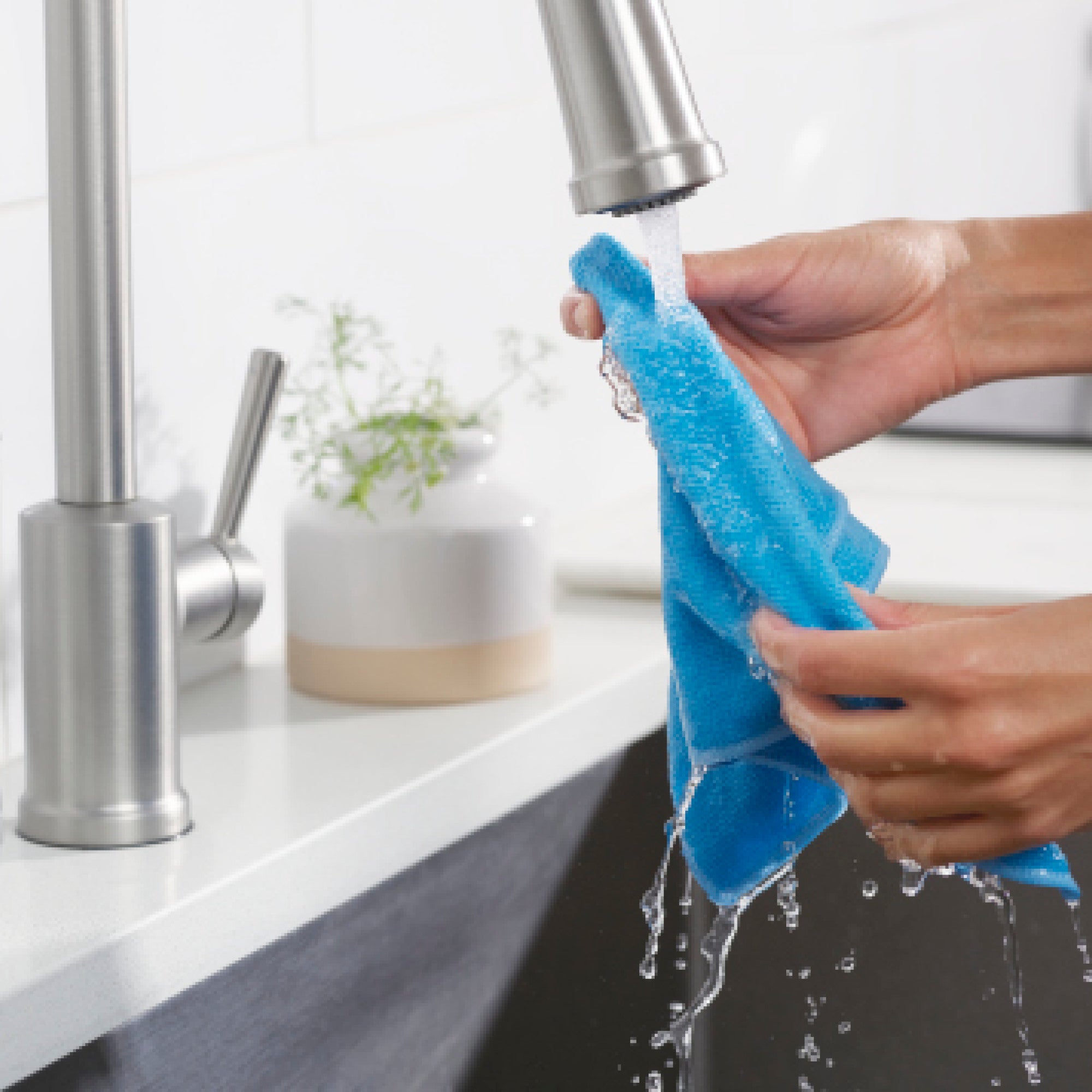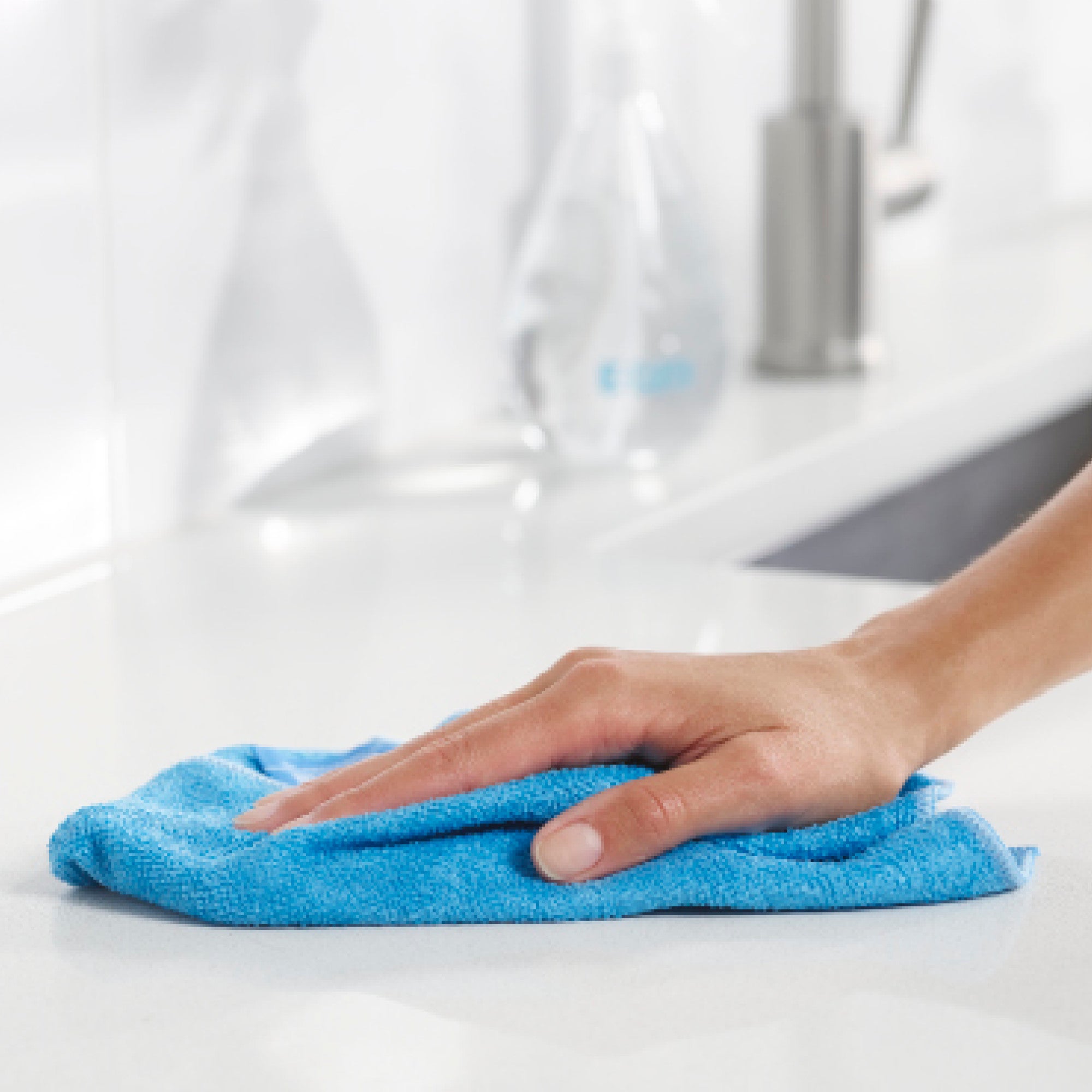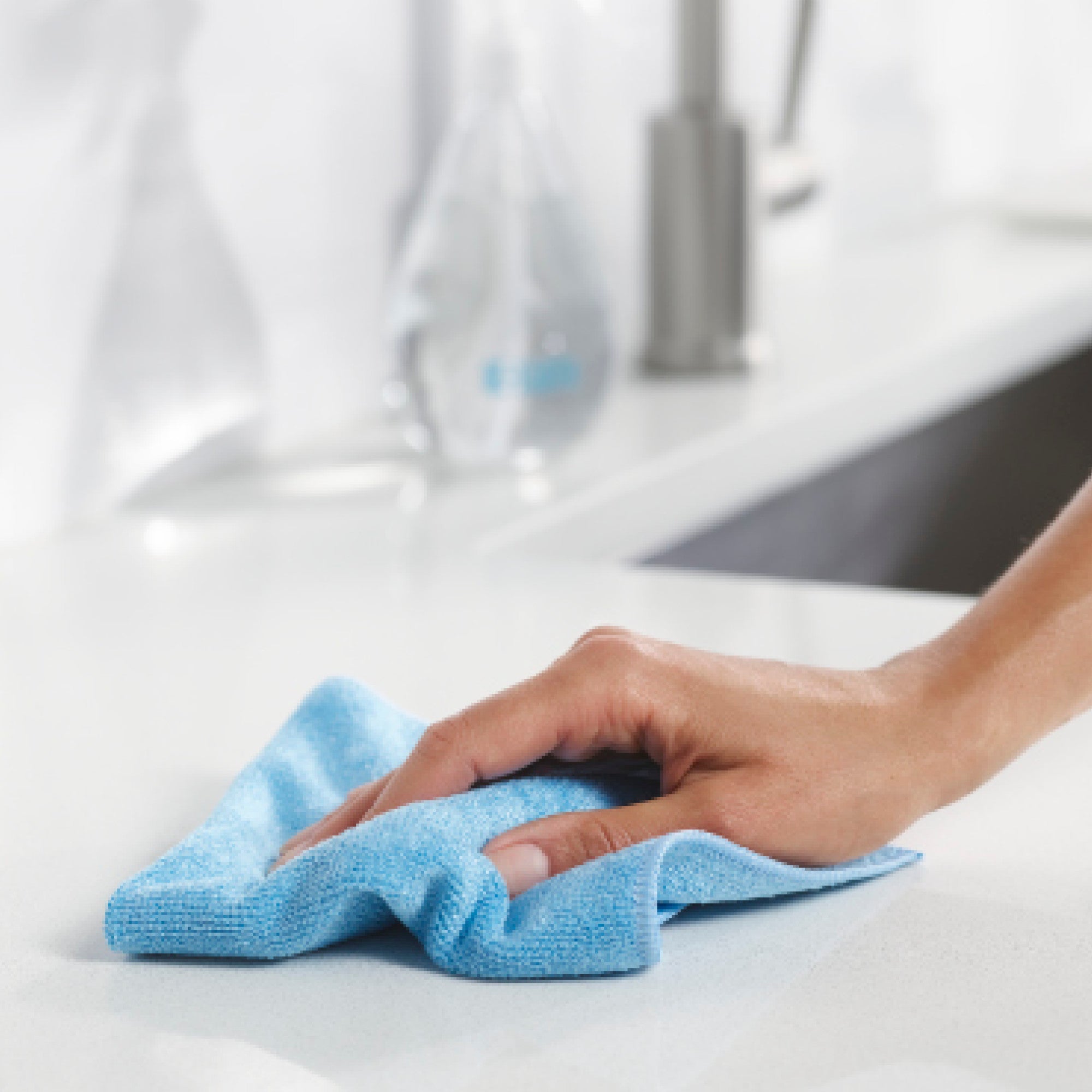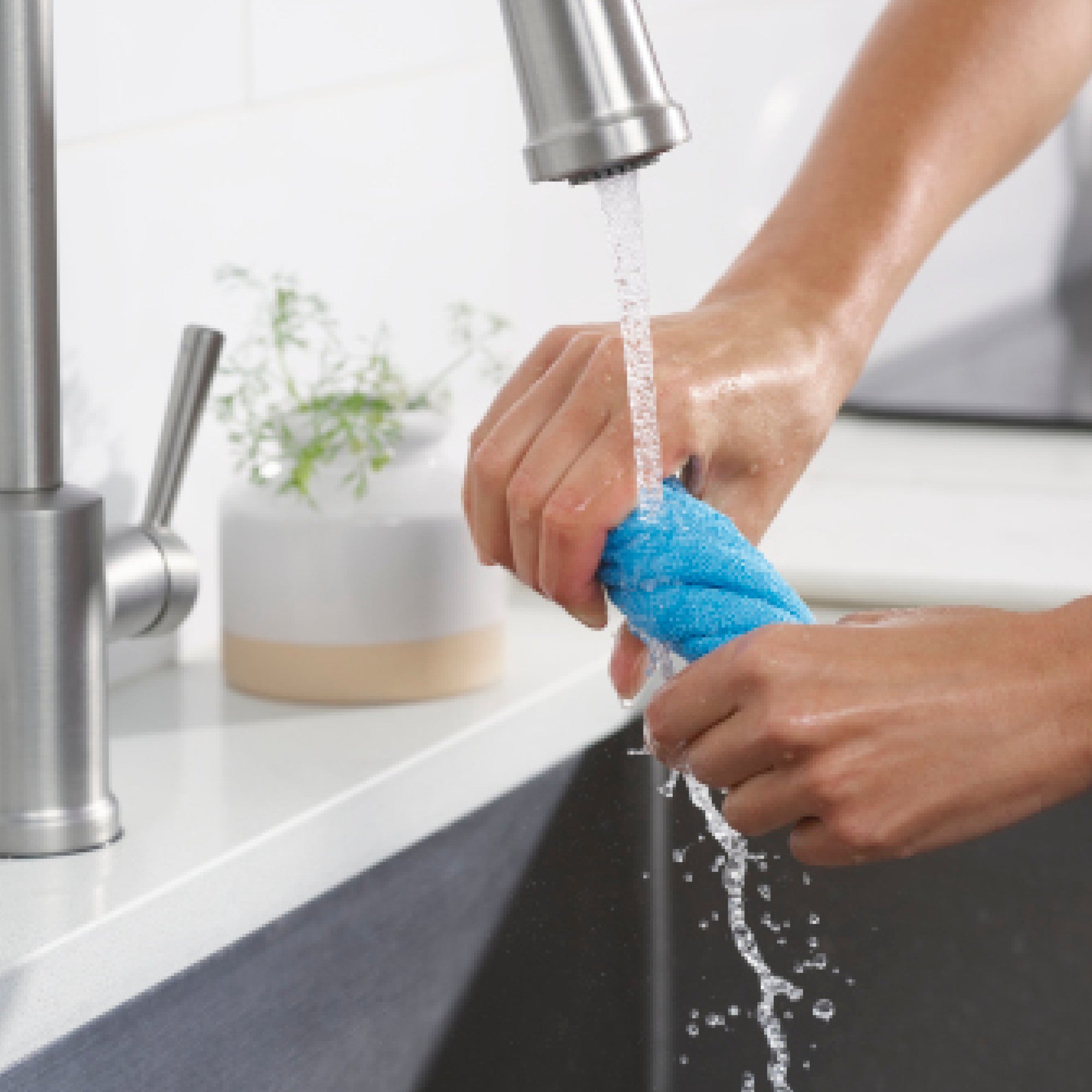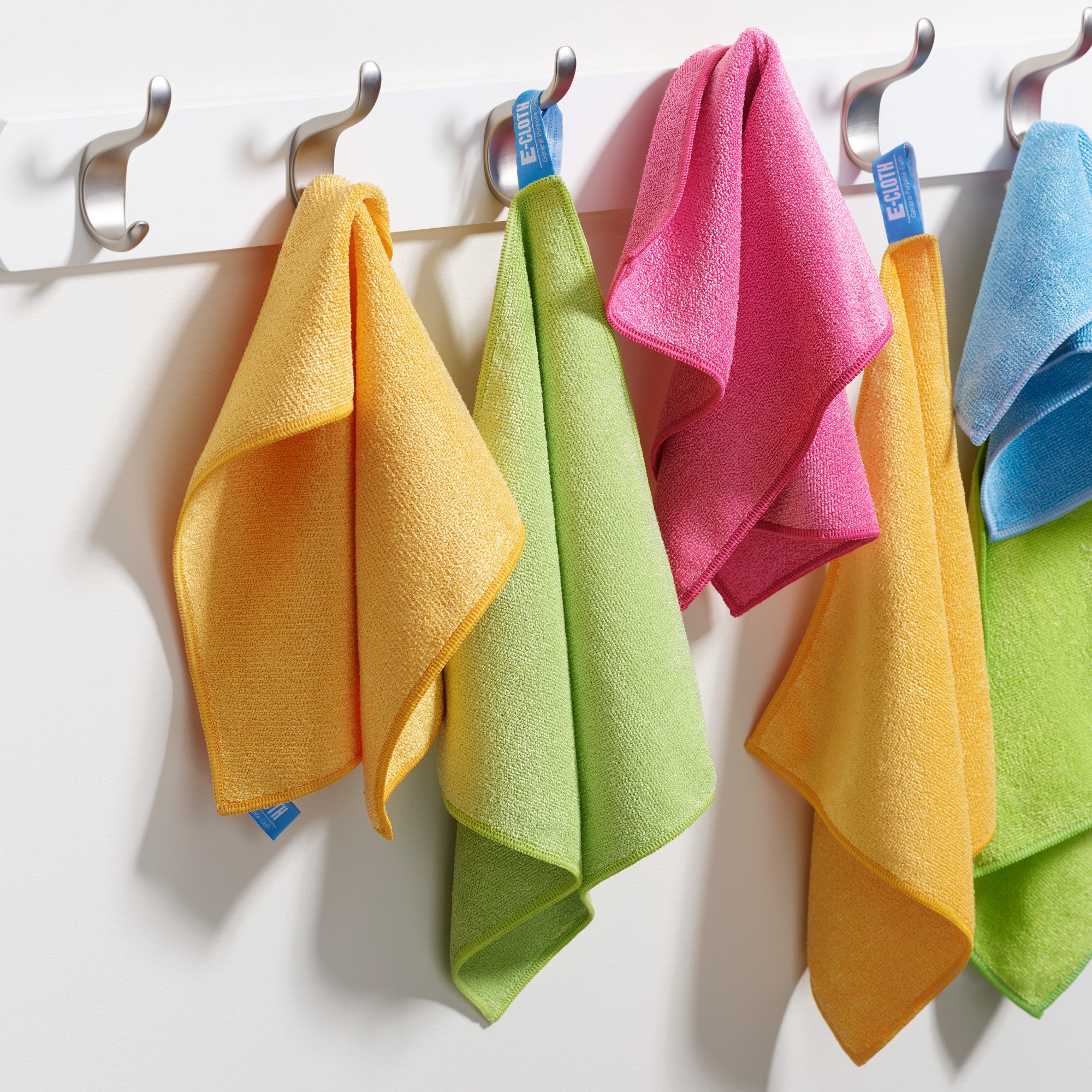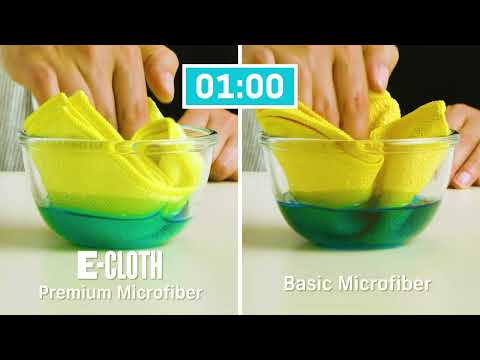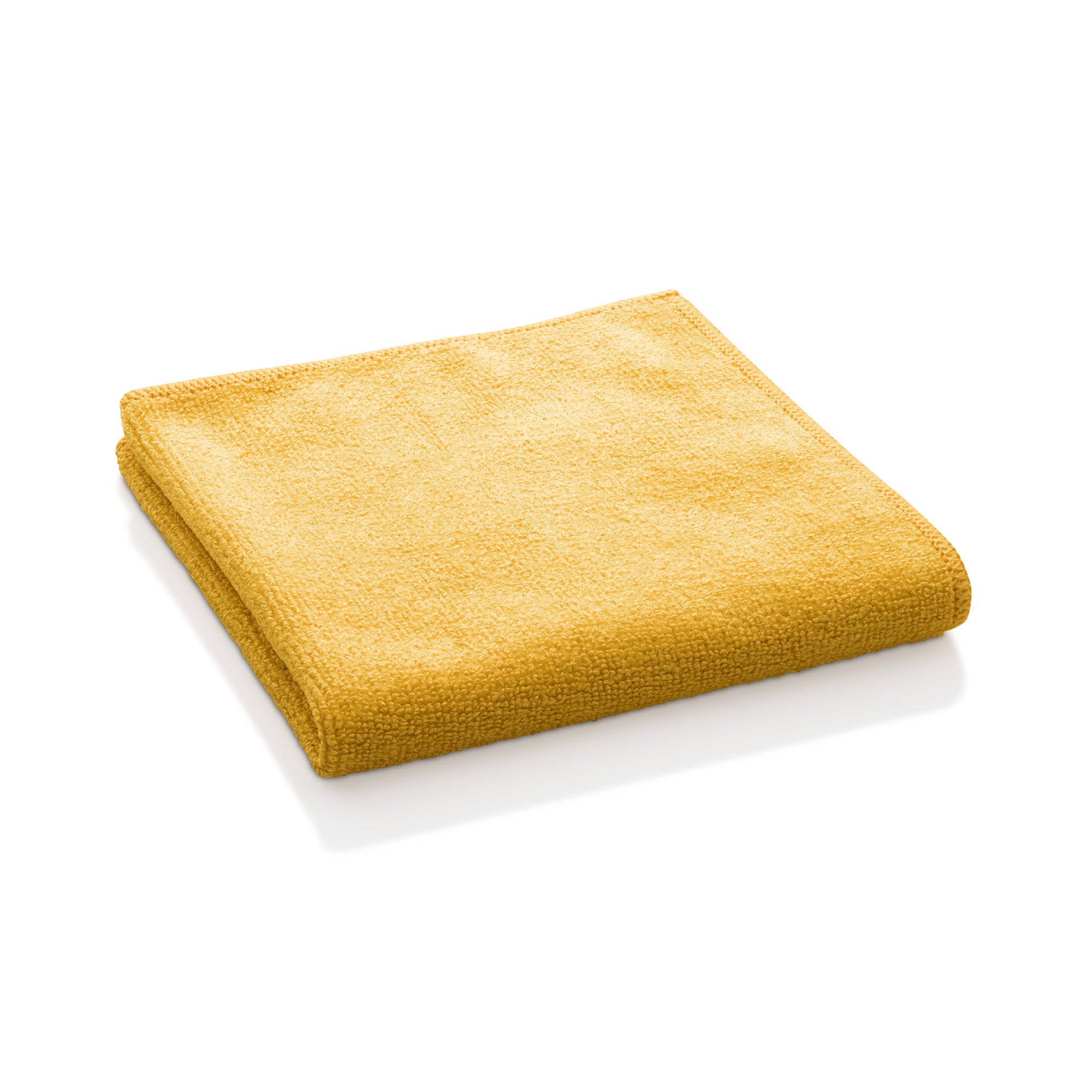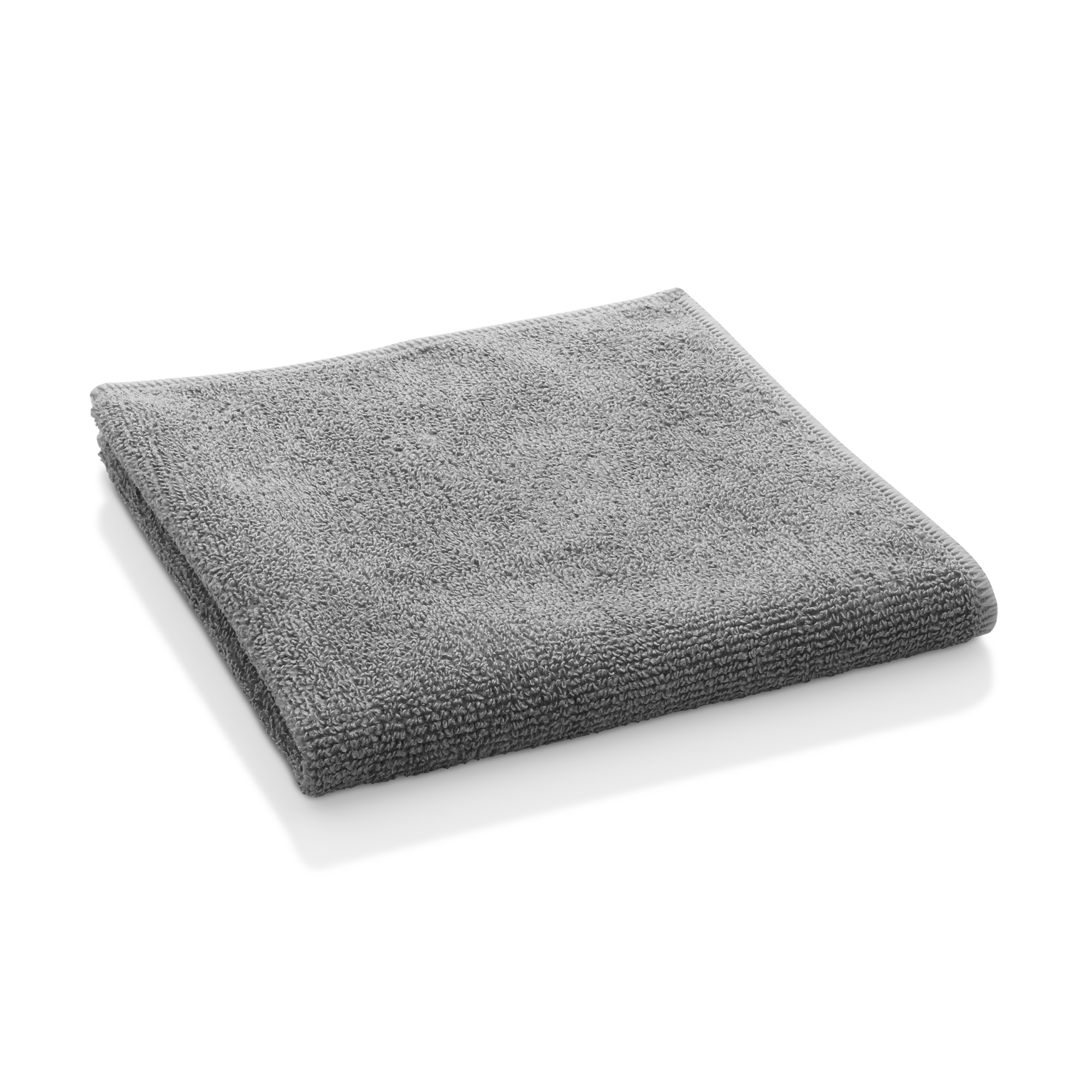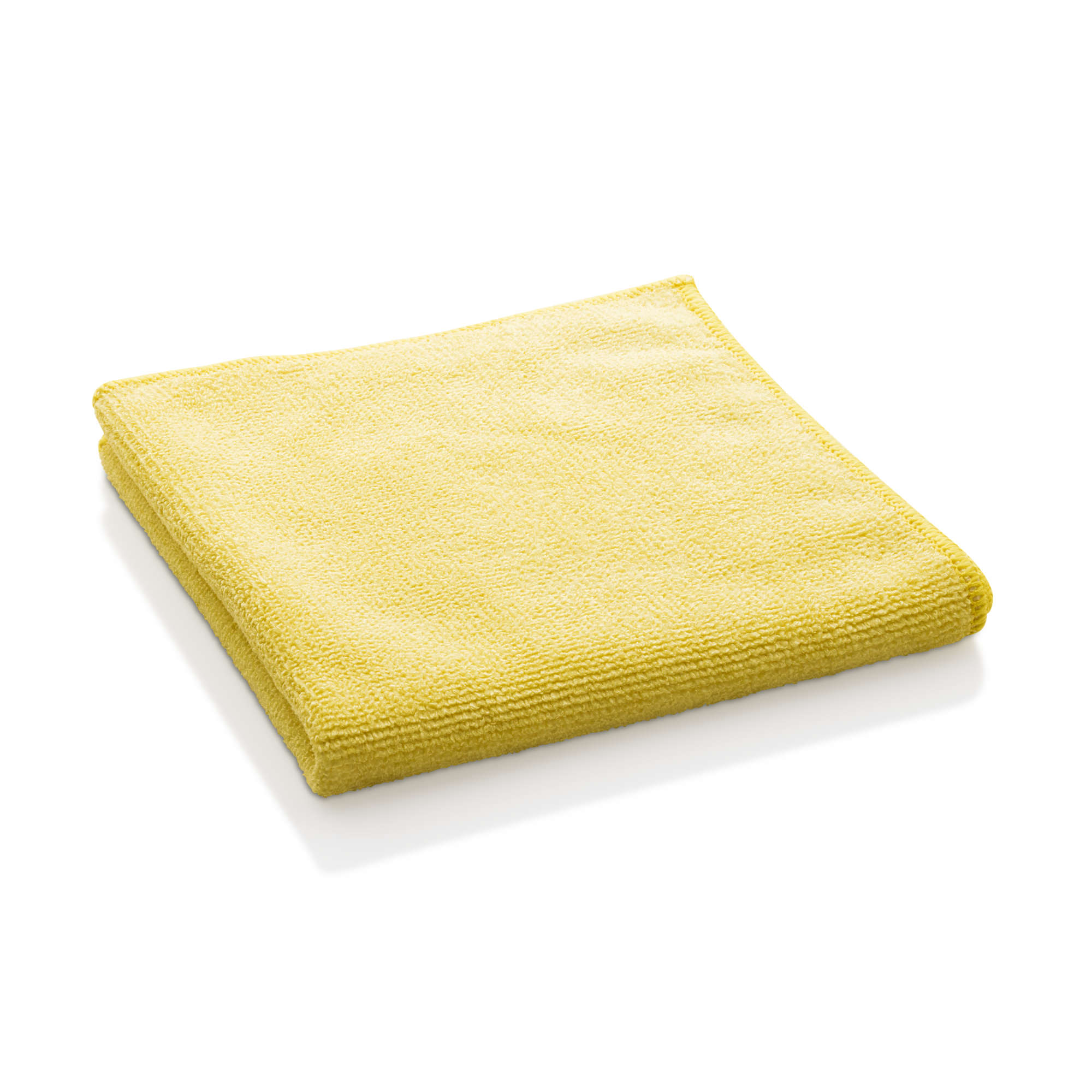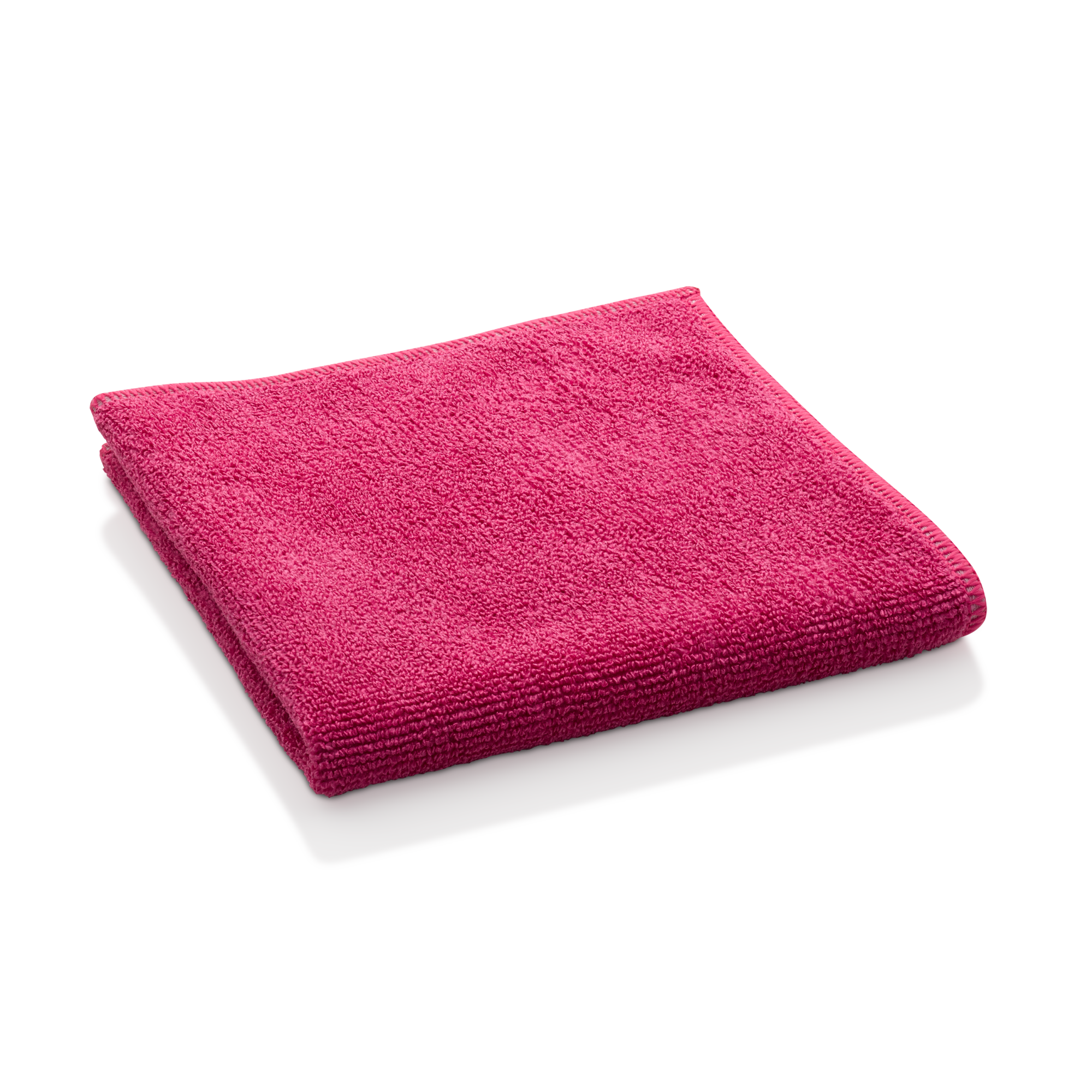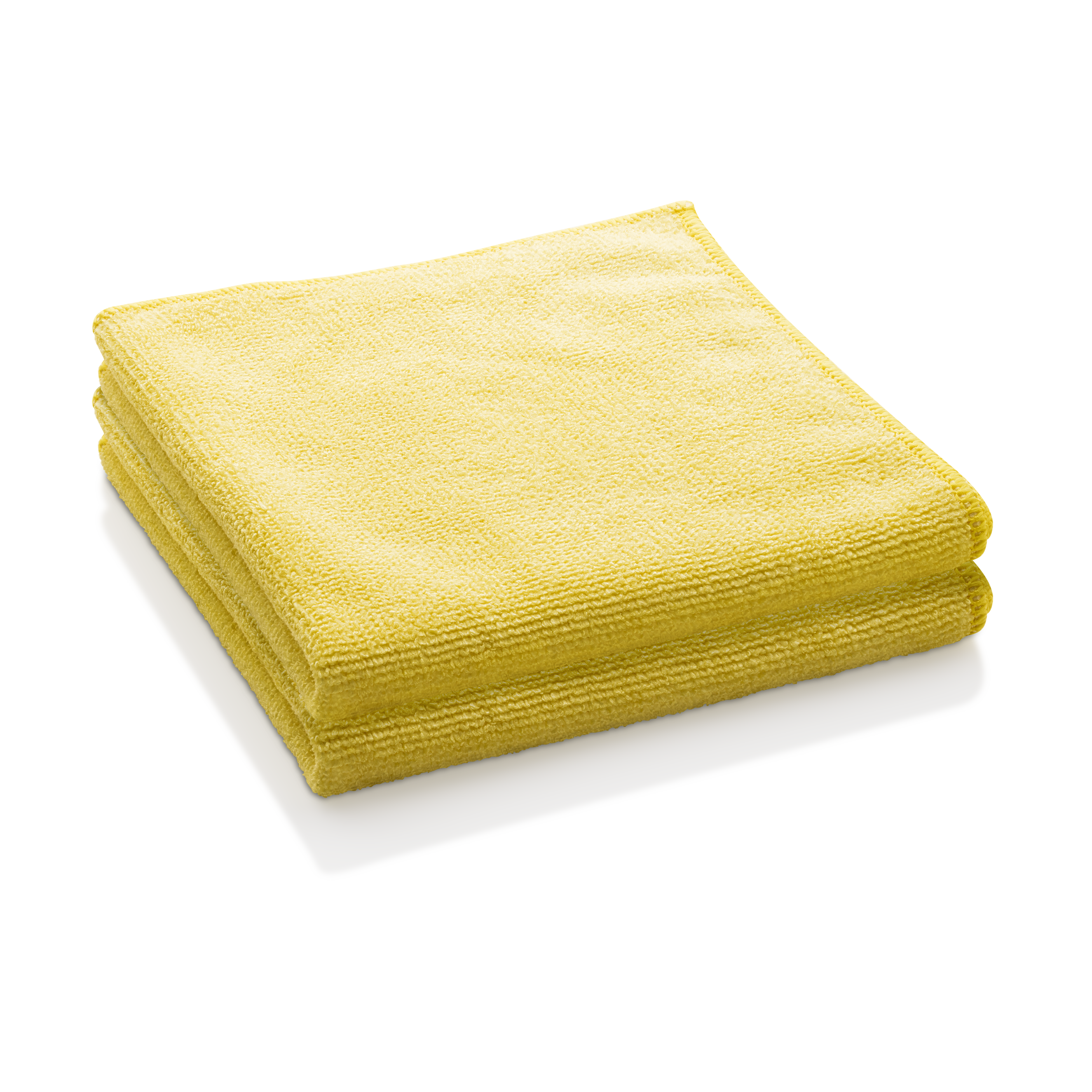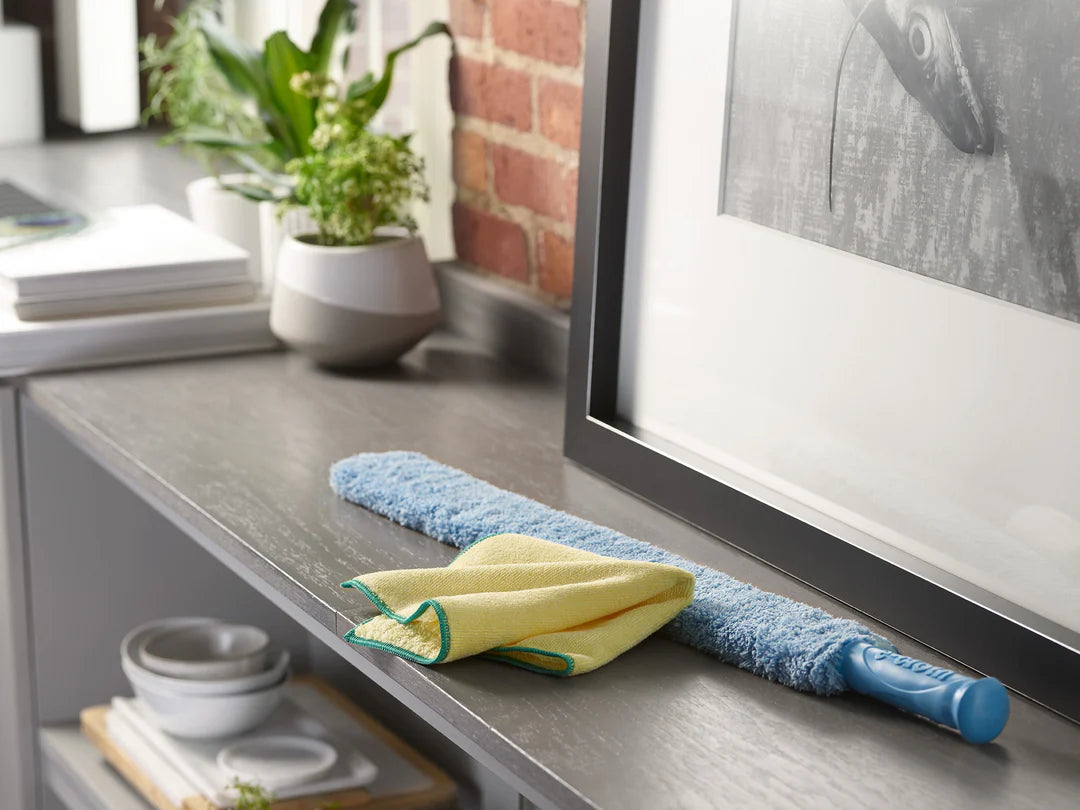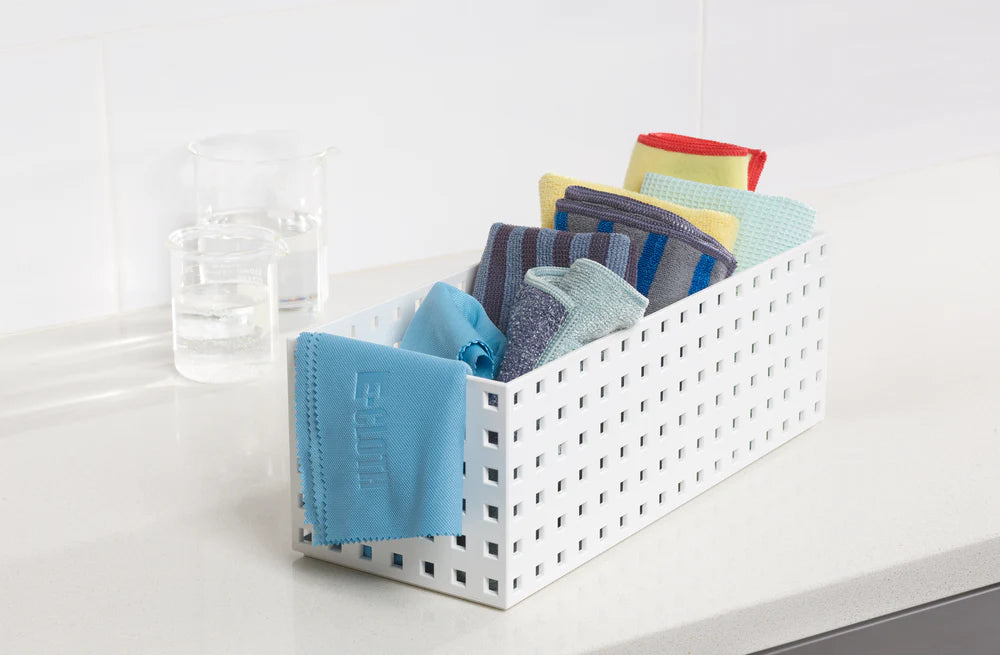Baking Soda and Vinegar for Cleaning Garage Floors
Let’s get real: garage floors see it all—oil drips, muddy boots, mystery stains, and the occasional science experiment gone rogue. If you’re eyeing that box of baking soda and bottle of vinegar, here’s how to put them to work on your garage floor, step by step.
- Clear the area. Move out cars, bikes, and anything else that’s in the way. You want a blank canvas, not a game of hopscotch around clutter.
- Sweep up debris. Grab a stiff broom and sweep away dirt, leaves, and loose grit. This helps the cleaning solution actually reach the floor, not just the top layer of dust.
- Sprinkle baking soda. Generously shake baking soda over any stains or grimy spots. For the whole floor, you can go section by section. Baking soda acts as a mild abrasive, which means it helps scrub without scratching most concrete.
- Mix up your vinegar solution. In a bucket, combine about one part distilled white vinegar to two parts warm water. (If you’re dealing with a lot of grime, you can use a bit more vinegar.)
- Pour or spray the vinegar solution. Pour the mixture directly onto the baking soda-covered spots, or use a spray bottle for smaller areas. You’ll see fizzing—this is the baking soda and vinegar reacting. It’s not magic, but it does help loosen some types of grime.
- Let it sit. Give the mixture about 5–10 minutes to do its thing. This dwell time helps break up surface dirt and some stains.
- Scrub with a stiff brush. Use a deck brush or a stiff-bristled broom to scrub the area. Put some muscle into it—garage floors are tough, and so are most of their stains.
- Rinse thoroughly. Use a hose with good water pressure to rinse away the residue. If you don’t have a drain, push the dirty water out with a squeegee or mop.
- Let it dry. Allow the floor to air dry before moving everything back in. This helps prevent new dirt from sticking to a damp surface.
What’s happening here?
Baking soda is a gentle abrasive, so it helps scrub away surface grime. Vinegar is acidic, which can help loosen some mineral-based stains and dirt. The fizzing you see is carbon dioxide gas being released—fun to watch, but it’s not a miracle cleaner. This method is best for general dirt and light stains, not for heavy-duty oil or chemical spills.


